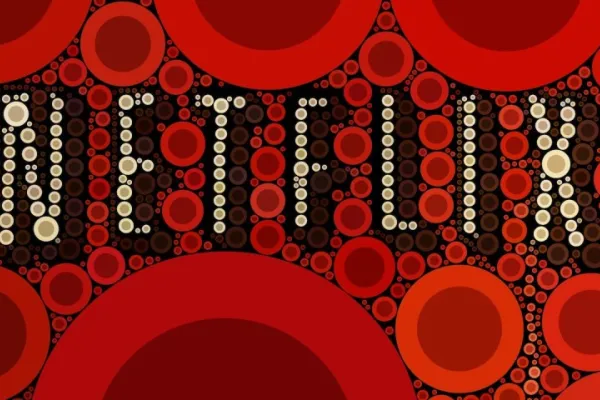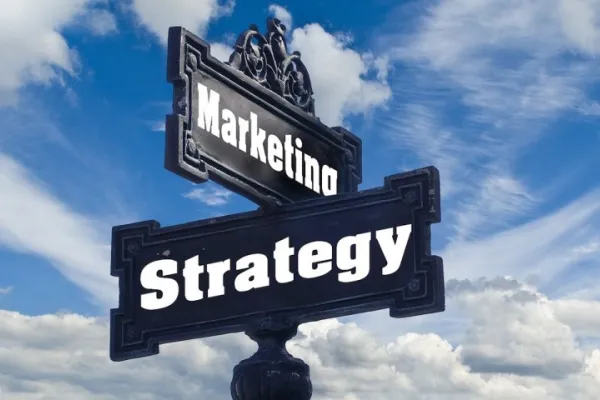 Details
Details

By Trine Lundahl
Client Service Director, Aller Media
Copenhagen, Denmark
Connect
At Aller Media, a media company in the Nordic countries, we execute native advertising campaigns for advertisers across Aller's titles and platforms and on the advertisers' owned media every day.
Based on our knowledge and experience, we, therefore, have five recommendations for what you as a marketing manager should consider if a native advertising campaign is on your 2018 marketing schedule:
Say it aloud to yourself: “I am ready to let go and let the editorial staff be responsible for communicating my message. And I believe in the thesis ‘content over brand’.”
1. Content over brand
In Aller’s view, the obvious strength of native advertising is when its mode of communication strikes a perfect balance between the following aspects:
- the medium’s DNA and the advertiser’s DNA
- the needs of readers and users, i.e. not the sender’s
And that each specific communication is adapted to each individual channel. When these connections are spot on, we can actually provide native-advertising content that is as good as – or even better than – our editorial content. This is what makes it True Native, and we can see that True Native is very compatible with the long-read (deep-dive) format that readers appreciate.
RELATED: How Brands and Publishers Can Create a Sustainable Native Ecosystem
If you have native advertising on your 2018 marketing schedule, our first recommendation is, therefore (say it aloud to yourself): “I am ready to let go and let the editorial staff be responsible for communicating my message. And I believe in the thesis ‘content over brand’.”
Now, how did that feel?
Content over brand – let’s consider this for a moment. Aren’t they really two conflicting interests? Could this be because the native advertising concept is inherently paradoxical? Not necessarily.
At Aller Media, we believe in a close collaboration between media sales and editorial staff. We believe that the best stories – including those with a commercial aim – must be communicated by the best journalists who are thoroughly familiar with the medium’s DNA and the needs and wishes of our readers. We are convinced that this is notably where we can run campaigns that engage our readers AND deliver in terms of advertisers’ KPIs AND win prizes at the Native Advertising Awards.
Define how you will measure your native-advertising efforts, what you want to achieve and how you will do it, and what you are willing to pay in terms of resources.
2. Native advertising and content marketing strategy
Integrate native advertising into your content marketing strategy. If you already have a content marketing strategy, it is easy to make a native advertising strategy – and vice versa.
There are many synergies between the two disciplines and, you, as marketing manager, must see how the two interact, i.e. how one discipline makes the other discipline possible.
RELATED: Content Creation and Distribution: Can't Have One Without the Other
Find the synergies, define how you will measure your native-advertising efforts, what you want to achieve and how you will do it, and what you are willing to pay in terms of resources. In this context, resources are also defined as internal stakeholders within your own organisation, not only financial resources.
Carefully consider the entire production process: identify the content that best achieves your KPIs, and then test it, convert it – and scale it.
The keywords are “be authentic” because you will be found out if you aren’t.
3. Selecting a third party and influencer
It may seem obvious to mention that, as an advertiser and medium, you must relate to the truth and avoid forcing a story or angle to work. The keywords are “be authentic” because you will be found out if you aren’t. Truth is the most viable currency, which these three trends show:
- consumers want transparency
- authenticity is the new professionalism – we want to be able to feel the authenticity
- a brand must have an authentic purpose that creates value for the recipient – not only improves your bottom line.
RELATED: Increasing Brand Trust With Influence - and Finding the Right Influencer
When you, as a marketing manager, must choose a third party to communicate for you, you can do this by keeping five criteria in mind:
- Authority: does the third party have authority among the target group, in the category and market and across the media spectrum?
- Relevance: does the third party already provide relevant communication to the target group? Or are you taking a risk?
- Involvement: how does the third party engage the target group about the topic? Have they done it before? How did it go?
- Reach: will you achieve your KPIs?
- History: what has the third party spoken about in the past? A competitor perhaps?
Deep dives are popular, which is good news, as it is one of native advertising’s strengths.
4. Video and the long-form format
A picture can communicate more than a thousand words and feelings, which is why it is essential for us to spend a lot of energy on the visual aspects whenever we make native advertising campaigns at Aller.
The catchphrase “visual is the new headline” was repeatedly said at Native Advertising DAYS 2017, and video is expected to generate 80% of all internet traffic in 2019. So, what part should video content play in your native advertising strategy?
RELATED: Why Sponsored Content Is Catching Up to Native on Social
The myth that humans have a shorter attention span than goldfish was finally laid to rest by Jason Miller of LinkedIn at Native Advertising DAYS 2017. There is no evidence to substantiate this assertion, he said. And he and many others could prove that long articles (2,000 words or more) are the most engaging and are shared the most. This tells us that:
- Deep dives are popular, which is good news, as it is one of native advertising’s strengths.
- A new movement is taking place from digital to print. In fact, LinkedIn publishes its best performing digital content as a printed magazine.
5. Split up your budget into production, testing and distribution
Testing is crucial for being able to scale and convert your best-performing content. From the outset, define how and when during the process you want to test content and format.
Itemise your budget according to your timeline and break it down up front across production, testing and distribution.


